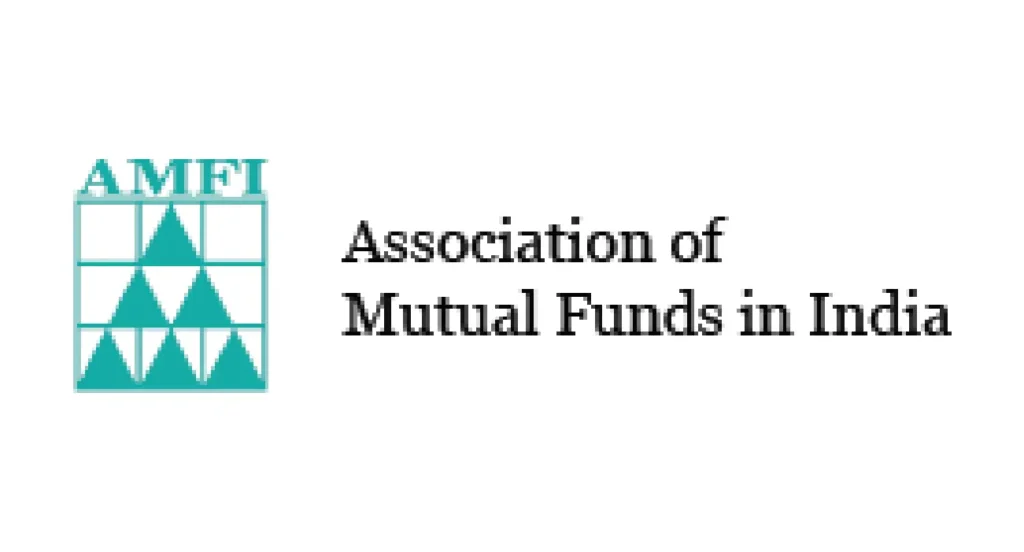Summary:
India faces near-term growth pressure from tariffs, currency weakness, and fiscal strain, but GST reform promises medium-term consumption support. We remain neutral on equities with a defensive tilt, and in fixed income prefer short-tenor high-grade bonds over the pressured long end
Global
US tariffs on Indian exports add headwinds, particularly for labor-intensive sectors like textiles, jewellery, and food. While global equities surged, and the dollar outlook softens, India lagged peers on equity and currency performance
Domestic Economy
The government has proposed GST rationalization into three slabs (5%, 18%, and 40%). This could simplify taxes, improve compliance, and benefit MSMEs and consumers, especially in FMCG, electronics, and affordable housing. Still, subdued nominal GDP growth, export softness, and INR depreciation highlight near-term stress. Fiscal pressures are building, but manageable with lower oil prices and short-term financing
Earnings growth and valuations
Equity valuations are near long-term averages vis a vis bond yields , defensives like consumer and healthcare outperformed. Bond markets saw 10Y yields rise despite benign inflation, due to heavy state loan supply and lack of RBI intervention despite benign inflation, surplus liquidity and sovereign rating upgrade
Risks
Persistent US tariffs, weaker tax collections, INR underperformance, and long-end bond oversupply could weigh on growth and investor sentiment
Opportunities
In equities, we favor a defensive stance with quality as a preferred style. In fixed income, short-tenor high-grade bonds and selective credits offer attractive spreads and accrual.
India faces near-term growth pressure from tariffs, currency weakness, and fiscal strain, but GST reform promises medium-term consumption support. We remain neutral on equities with a defensive tilt, and in fixed income prefer short-tenor high-grade bonds over the pressured long end



